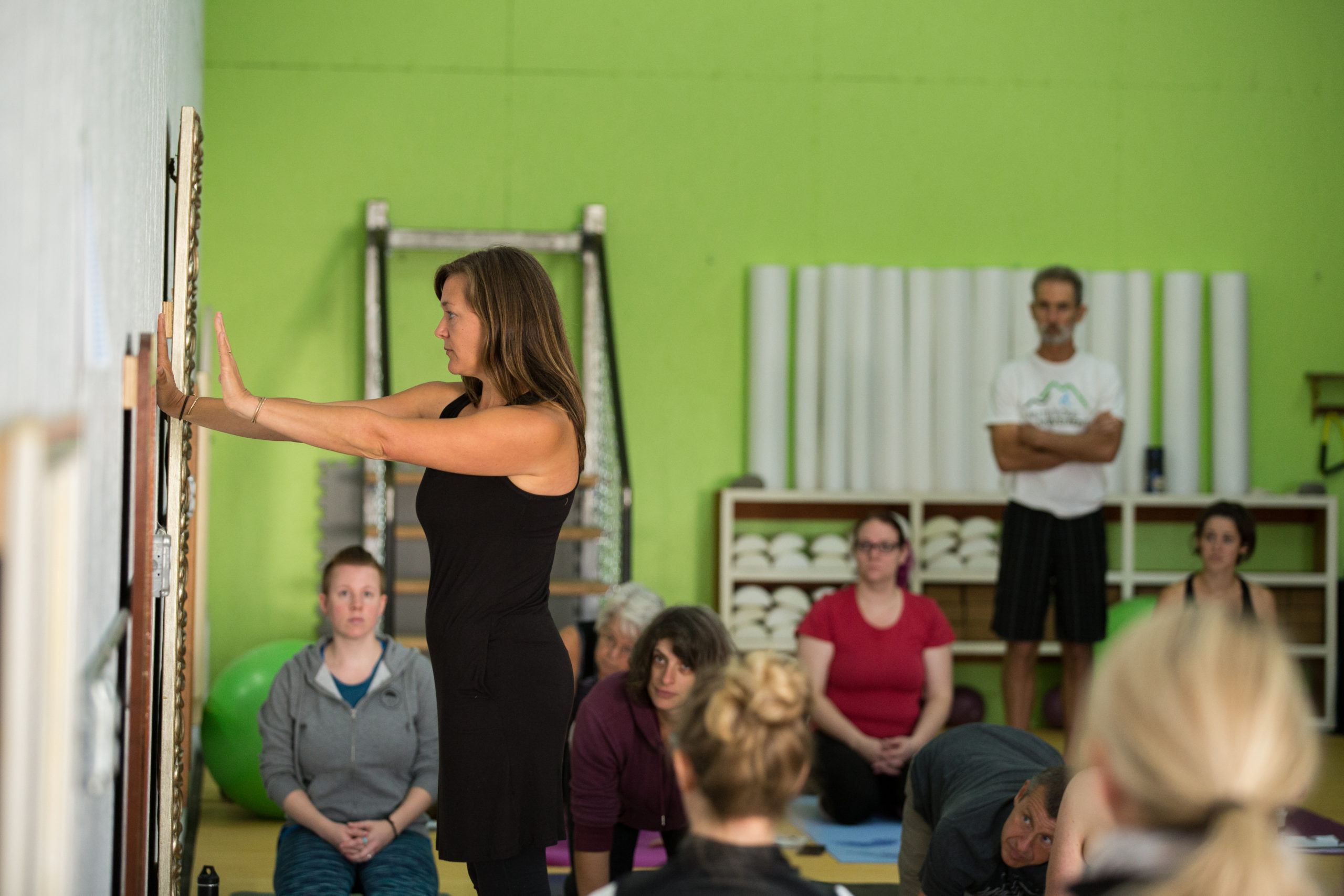
The immune system is made of many parts that include bone marrow, white blood cells, the spleen, and those of the lymphatic system.
The lymphatic system includes parts like the lymphatic vessels, which run alongside the vessels of your cardiovascular system, and hundreds of lymph nodes located along the lymphatic vessels.
Lymph nodes are tiny filters full of lymphocytes (white blood cells) that help fight and remove harmful substances from your body. Nodes are distributed throughout your body, but many nodes are clustered together along the neck, in the armpits and groin, and along the chest-wall. I think it’s very important to note that the areas of node clusters are also areas of the body where the anatomy can articulate (move) quite a bit.
The immune system’s connected to the hip bone…
The lymphatic and cardiovascular vessels are similar in that they’ve got to move a lot of fluid around. The cardiovascular system has a large pump (the heart) but it also uses the movement of the skeletal muscles to draw the blood out of the main arteries and into the smaller vessels. In this same way, the regular tighten-release, tighten-release movement of skeletal muscle around the lymphatic vessels propels a greater volume of fluid through. Some lymphatic vessels have smooth muscle walls to help move the fluid but there is no big heart-like pump for the lymph; the lymphatic system’s strongest “pump” is the movement of your body.
Nodes clustered at joints that have historically gotten lot of movement makes sense to me. The body’s shape is efficient. Clusters at areas that are very dynamic (shoulders and hips) means that simply moving around to get everyday life-stuffs done is part of what keeps you healthy enough to get out there and move around again. Life-movement is part of your immune system. But what happens when we’ve made our daily lives almost entirely movement-free?

In Move Your DNA I write about how efficiently our bodies are organized. I use captive orcas to make my point. Floppy fins are a natural phenomenon in dorsal whale fins as they go through their big whale-puberty growth spurt. In the wild, that floppiness would be supported, naturally, by the forces created swimming as teenager-whales do: fast, forward, deep. But when the naturally soft fin with the unnatural load of swimming in only one direction (in tight and tiny circles), you get a fin that folds over and then gets set in place with age. What worked in a natural swimming context becomes a liability when swimming in a new, limited way.
Similarly, the fact that our lymph nodes are clustered together in certain areas is a liability for a sedentary culture. What once made our immune system function better is now what creates more of a struggle as we sit in our “tank.” Said another way, decreases in our immune system function can be related to decreases in our whole-body and part-by-part movement. That being said, we are able to change our environment much more easily than a captive whale can change theirs. In most cases we are able to move more than we do.

There is very limited research and understanding when it comes to how the human lymphatic system works, but still, exercise has been put at the top of the list for better lymph movement. Below I’ve created a short routine specifically with the lymphatic system in mind.
Try this 10-minute routine
More and more often I’m finding myself drawn to sticking 5-10 minute movement sessions into the beginning, middle, and end of my day. With the changes we’ve had in family and work scheduling, it’s simply what I need to stay active thoughout the day.
This 10-minute class is a great way to move the node-rich areas I’ve listed above. Add this routine to your existing exercise practice that might not be hitting all the node-zones, pair it with a walk, or take this class a few times in a row, each time moving a bit more than the pass just before.
Find more classes like this one in our Virtual Studio Membership, and HAPPY MOVING, PEEPS.